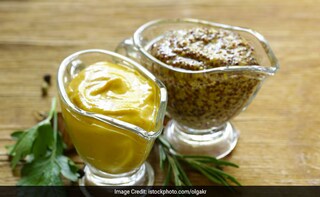A Bengali feast is an elaborate spread of myriad flavours that will have you raving about the delicacies for days to come. With Durga Puja right round the corner, this is the perfect time to indulge in authentic Bengali dishes, best had at a Bengali friend's residence. From Fish Chops and Devilled Eggs to Kosha Mangsho, Bhapa Ilish, Bhetki Paturi and Mishti Doi, you will be spoilt for choice. And if you are among those who enjoy pungency in your food, then you definitely will notice the potency of Bengal's favourite mustard sauce - kasundi.Just like wasabi, kasundi is highly pungent, with the power to zing your nasal passages and bring tears to your eyes. One can't really imagine munching on Bengali snacks like cutlets and chops without having a serving of kasundi on the side. It pairs effortlessly well with the deep-fried spicy treats, adding the much needed pungency and tartness to the flavours. But old school Bengalis will tell you that this condiment was traditionally never served with these treats. That's a practice which evolved in the restaurants. At home, they would team it with vegetable stir-fries or mashed treats.
Advertisement
For the latest food news, health tips and recipes, like us on Facebook or follow us on Twitter and YouTube.
Advertisement
